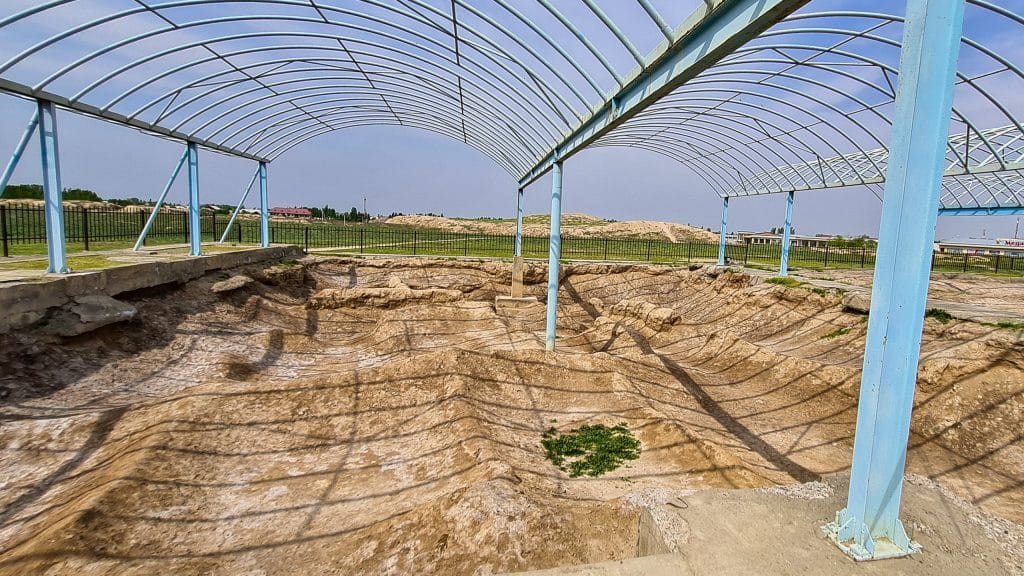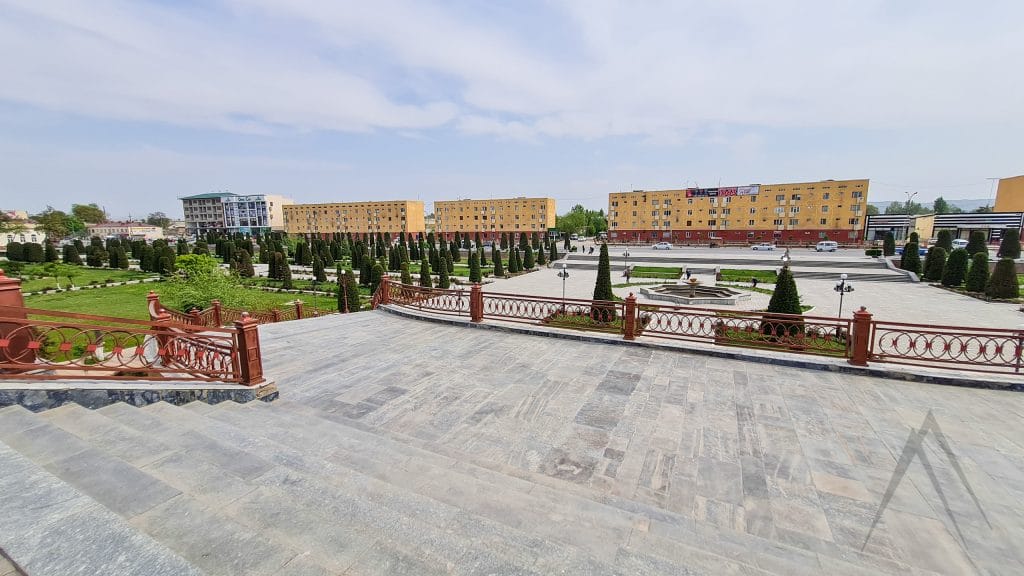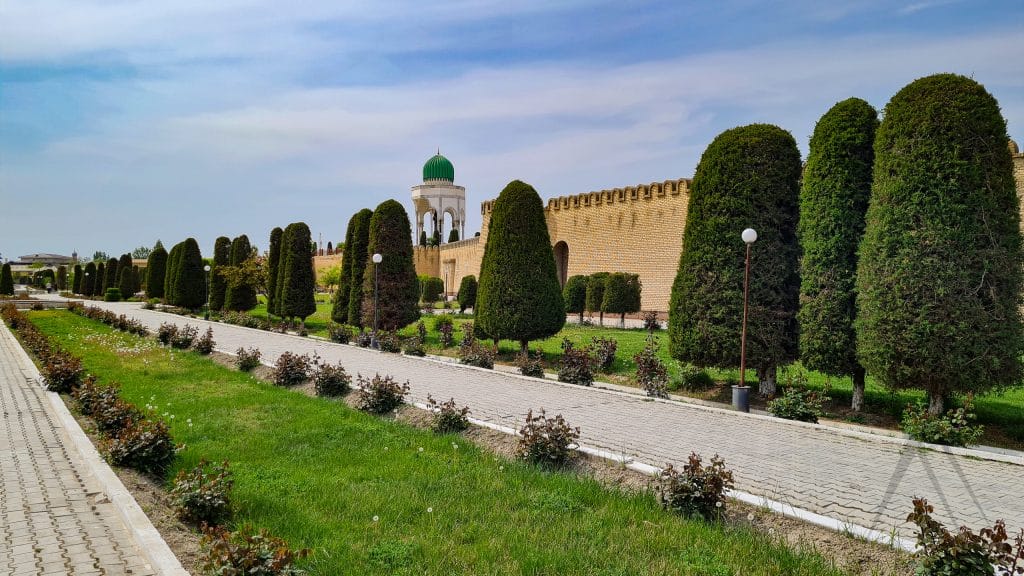ancient city in quva
ancient settlement in quva
According to Chinese sources, since its foundation and until the occupation of the territory by the Arabs, Quva was known as Kuaisang, Yuan Cheng and Hongmin. From the point of view of a traveller, Quva is a place to visit while traveling to Ershi or between Andijan and Fergana cities.
In the ancient times, Kuva was built on the site of an even more ancient Fergana valley settlement and developed into a traditional oriental city with the ruler’s citadel, the Shakhristan – a part of a city within the fortification and a series of Rabads that are areas around a city held by tradesmen’s and craftsmen’s quarters.

Quva was surrounded by a strongly fortified wall, so its modern name – Kubo in Persian means “strong”, an “elevated area” or a “strong fortress”. Despite this, in the 13th century, the city was damaged heavily by the Mongol troops. Today you can still see restored walls which give you an idea about the fortifications of the city.
In the middle of the 20th century, archaeological excavations exposed a Buddhist temple in Quva from 7th – 8th centuries with clay statues of Buddha and other divinities. The study also proved that Kuva was a glass manufacturing center, which produced a wide range of glass items.


Modern Quva Town
Kuva is one of the earliest cities in the Fergana Valley, settled on the Great Silk Road. Kuva is placed in the northeastern part of Fergana Province, about 20 km from Fergana city, its administrative center. In Uzbekistan Quva is known for its fruits like pomegranates, cheries and peaches.
Ahmad Al Fergani
Next to the ruins of the ancient settlement there is a beautiful memorial complex dedicated to Ahmad Al Fergani, who is a proud son of the Quva town. Ahmad Al Fergani was born in Quva, he was a famous medieval scholar, astronomer and mathematician and was recognized across Europe under the name of Alfraganus.
His exposition Astronomiya asoslari (The Basics of Astronomy) was translated into several languages in the 12th century to be used as a textbook on astronomy at universities across the world for a long time afterwards.
sights near quva
Page updated 4.4.2022